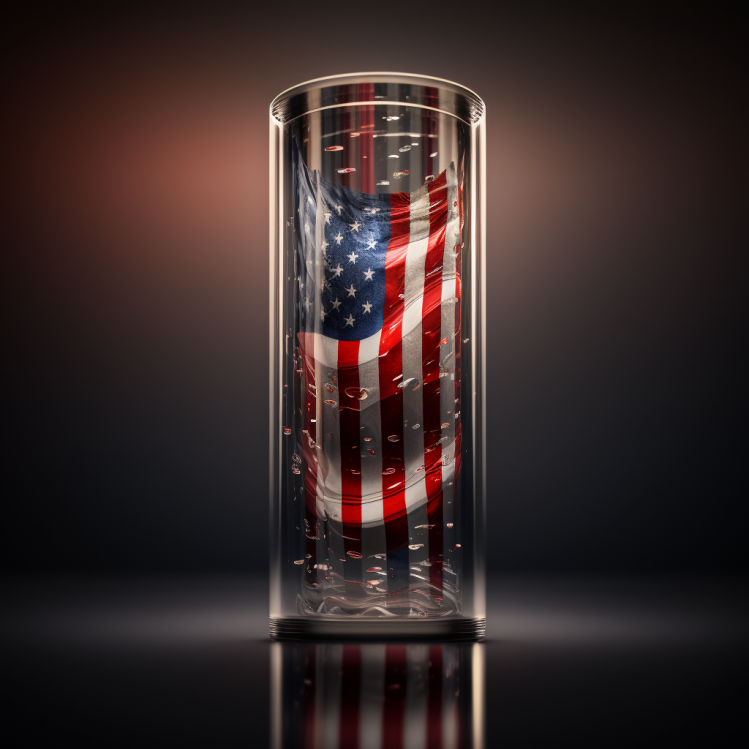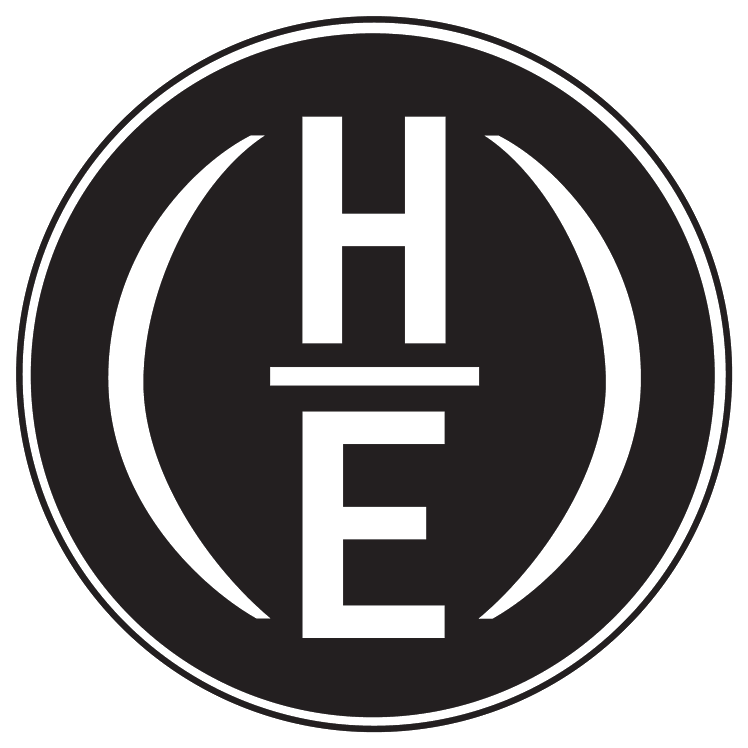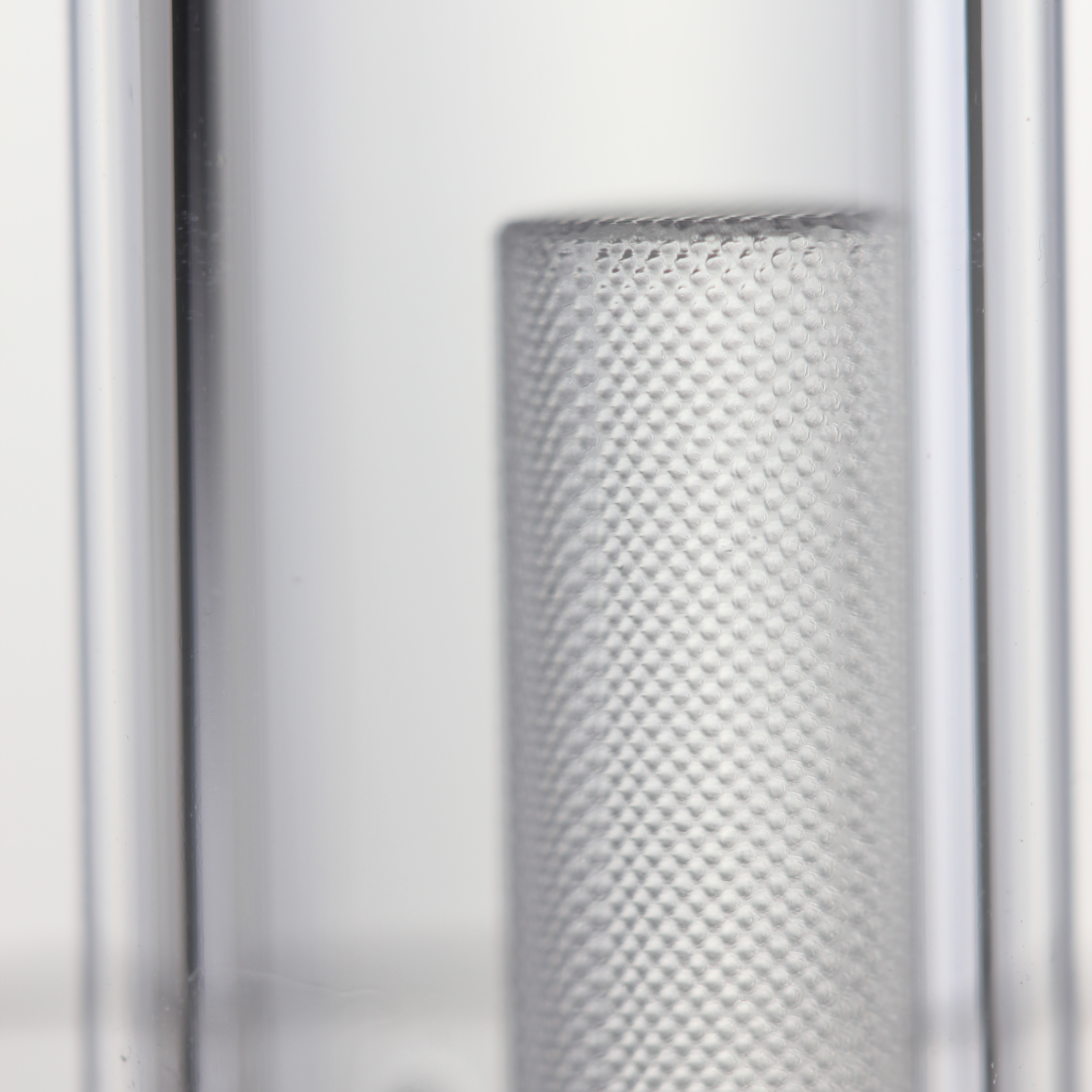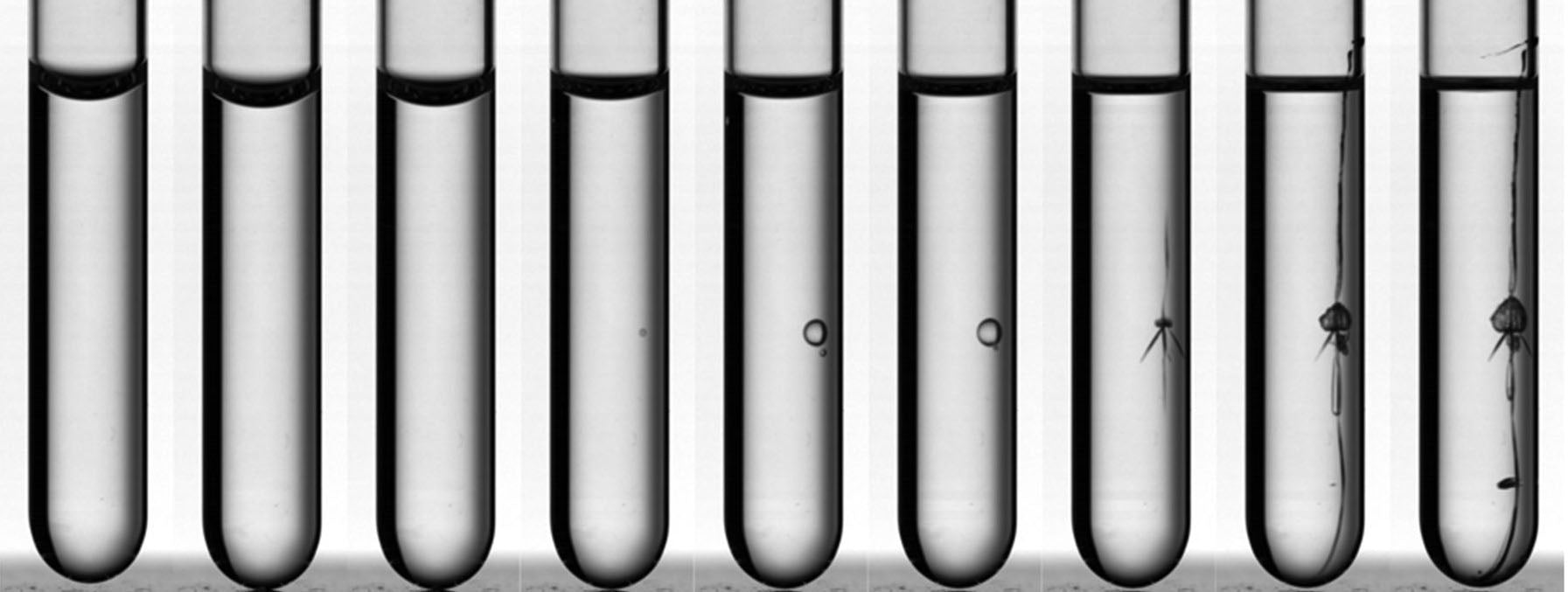
American Quartz
Why Does American Quartz Cost More?
One of the first reasons you will hear is quality. And while that is typically true that American manufacturers will offer a better quality product and quality of service support after the sale, this is not the sole reason. A major factor is that the manufacturing cost is driven up by the costs of labor. The costs of labor are driven up by the cost of living. So while it is true that American material costs more and the quality is better, that cost is nominal compared to the labor costs that go in to making a part and is by in far the largest reason for price discrepancy.
So Why Should I Support American Made Quartz?
You should support American made quartz because Americans historically have driven the quartz industry. Early inventions like Chris Schuler's Quartz castle, and Joel Halen's Honey Hole laid the setting for Quave's banger revolution. Highly Educated introduced the opaque bottom style to the market to great fanfare and it too quickly became a thing to copy. Toro blessed us all next with the invention of the Terp Slurper, which opened the door to innovations like Blenders from Black Market Glass or Charmers from QCB or the Elevator designs from Ewok. Early fumed patterns were first done by Evol Glass, later to be expanded upon by companies like Binary Banger (Quave x Mothership) and Evan Shore. And we believe our SE tech being applied in the Tower to achieve thin film vaporization is another step forward in innovation.
Let's face it, it's the Americans who drive this market and come up with the tech that turns into dabbing history. I can't think of a single import nail that changed the game in any way.
When you buy American, you are continuing to support the innovation that got us here. When you support import companies who have only copied what Americans pioneered you are saving money, but what is the real cost? Part of that cost is driving innovation from the market.
I am reminded of the Lemons model from economist George A. Akerlof. In his paper "The Market for 'Lemons': Quality Uncertainty and the Market Mechanism" he speaks on dishonesty and how it can drive legitimate business from a market. I quote from the paper:
C. The Costs of Dishonesty
The Lemons model can be used to make some comments on
the costs of dishonesty. Consider a market in which goods are
sold honestly or dishonestly; quality may be represented, or it may
be misrepresented. The purchaser's problem, of course, is to identify
quality. The presence of people in the market who are willing to
offer inferior goods tends to drive the market out of existence -as
in the case of our automobile "lemons." It is this possibility that
represents the major costs of dishonesty -for dishonest dealings
tend to drive honest dealings out of the market. There may be
potential buyers of good quality products and there may be potential sellers of such products in the appropriate price range;
however, the presence of people who wish to pawn bad wares as
good wares tends to drive out the legitimate business. The cost of
dishonesty, therefore, lies not only in the amount by which the
purchaser is cheated; the cost also must include the loss incurred
from driving legitimate business out of existence.
Supporting the companies who innovate helps ensure that those innovations will continue through the future, instead of being left with a 'market full of lemons' (low quality copies).
Doesn't All Quartz Come From China?
The short answer: No.
Recently on one of my Facebook posts, a man made a claim that "all raw quartz comes from China", that it was a "scam" and that only "$2 of material" went in to every nail. I am summarizing because he deleted his comment after my rebuttal. As ridiculous as it sounds, he is not alone in his conspiratorial thoughts. I have read Reddit forums, Facebook groups, Instagram comments all spouting similar theories from customers. When someone is making a grand claim such as "all raw quartz comes from China", it is one that is so easily refuted one must question their motive or intelligence.
Lets look at the claim on its face. Quartz is made from silica sand. Silica is silicon and oxygen (SiO2). Silicon makes up 27.7% of the Earth's crust by mass and is the second most abundant element. Can you guess which one is the first? It's oxygen. Why would China being the only place mining it? They aren't.
The Truth
Like any good rumor, the truth is usually the exact opposite. According to this article, the U.S. has what experts describe as a "near monopoly" on high purity quartz.
Chinese authorities have said openly that they do not have enough of high purity quartz to sustain their own industry. “Quartz resources in China are not optimistic, and there is a lack of high-quality deposits,” a China Securities report said last year. “At present, China’s high-purity quartz sand is still heavily dependent on imports, but the future of localization is promising.”
Despite China’s high-purity quartz output increasing year by year, the overall shortage is still far behind the surging demand, which continues to grow as the world embraces green energy in the fight against global warming.
The US controls an overwhelming majority of the global supply, experts say.
What Types of Silica and Quartz are mined in the US?
According to a 2018 U.S. Geological Survey from the U.S. Department of Interior, four silica categories can be identified—industrial sand and gravel, quartz crystal, special silica stone products, and tripoli. We will focus on the industrial sand and gravel, as that is what fused quartz (an amorphous solid) is made from. It is not made from quartz crystal (crystalline).
Industrial sand and gravel, often called silica, silica sand, and (or) quartz sand, includes sands and gravels with high silicon dioxide (SiO2 ) content. End-use examples include abrasives, filtration, foundry, glassmaking, hydraulic fracturing, and silicon metal applications. The specifications for each use differ, but silica resources for most uses are abundant. In almost all cases, silica mining uses open pit or dredging methods with standard mining equipment. Except for temporarily disturbing the immediate area while operations are active, sand and gravel mining usually has limited environmental impact. Following extraction, the silica sand is processed because it is important that the sand is free of any contaminants and separated by grain size, regardless of the eventual end use.
Who Mines Silica (Quartz) in the U.S.
According to that same 2018 U.S. Geological Survey:
Of the total industrial sand and gravel produced, 93% was produced at 134 operations, each with production of 200,000 metric tons per year or more. The 10 leading producers of industrial sand and gravel were, in descending order, Covia Holdings Corp.; U.S. Silica Holdings, Inc.; HiCrush Partners LP; Superior Silica Sands, LLC; Shale Support Holdings, LLC; Vista Proppants and Logistics, Inc.; Capital Sand Proppants, LLC; SmartSand, Inc.; Badger Mining Corp.; and Pattison Sand Company, Inc. Their combined production represented 65% of the U.S. total.
Here are some of the major US quartz mining websites for the curious.
Where is Quartz Mined in the US?
One major location is St. Peter Sandstone.
This sandstone originated as a sheet of sand in clear, shallow water near the shore of a Paleozoic sea and consists of fine-to-medium-size, well-rounded quartz grains with frosted surfaces. The extent of the formation spans across 5 states north–south from Minnesota to Arkansas and east–west from Illinois into Nebraska and South Dakota. St. Peter sandstone, also called "Ottawa Sand" in commercial applications, has a relatively uniform size and shape for each grain. It is used for the manufacture of glass, for filter and molding sand, and for abrasives. Its purity is especially important to glassmakers.
Additional sand sources to the south include the Upper Cambrian Hickory Sandstone Member of the Riley Formation in Texas, which is referred to informally as “Brown” or “Brady” sand, and the Middle Ordovician Oil Creek Formation in Oklahoma.
Another major location is Spruce Pine Mining District.
Nestled amongst the peaks of the Blue Ridge Mountains, Spruce Pine has a rich history as the source of the world’s highest quality quartz. As such Spruce Pine district has become one of the largest suppliers of high-purity quartz for the world. Spruce Pine has a unique geology that offers the highest purity quartz deposits. Companies like The Quartz Corp and Sibelco have set up base in Spruce pine, but they certainly aren't the only ones.
The website thediggings.com describes itself as "the largest free online resource for mining activity. We combine mining deposit data from Bureau of Land Management (BLM) claim listings to compare where known deposits of gold, silver, copper, and other mineable resources are located alongside where mining activity is (and is not) occurring."
Despite the sites claim, some of its information is obsolete and some is incomplete. But according to the sites data for silica commodities there are 1,969 total prospects, occurrences, produces, and plants for silica mining in the U.S.
Are There Varying Qualities of Quartz?
Another common fallacy I have heard online is "quartz is quartz". This saying is meant to imply that all fused silica is created equal, that SiO2 is SiO2 so how could it be any different? This is akin to saying "water is water". Much like water, silica can have impurities mixed within its structure. When water has too many impurities in its structure it no longer becomes considered water. It might be considered a soda, juice, sea water, or sewage depending on the ingredients.
When silica has too many impurities in its structure it no longer becomes considered a high purity quartz glass. It may now be considered a borosilicate or soda lime glass, depending on its chemical make up. Silica is the building blocks to all of your favorite glass similar to how water is the building blocks to all your favorite drinks. As with water, there is no such thing as 100% pure and purities can thus vary greatly. Thus we rely on the manufacturers of the material to grade their own products.
Generally, the starting point when discussing Quartz material grades is ‘GE214 clear fused Quartz’. GE214 is only available through Momentive which is where Highly Educated procures its material. This is an electrically-fused direct drawn material which is commonly used for many applications and markets throughout the world due to its excellent consistency in quality, both visually and dimensionally, high-purity, as well as its competitive price-point. Other equivalent grade materials (in terms of purity) from other producers are HSQ100 from Heraeus, PH300 from Philips, and RQ200 from Raesch.
OH– Content
For many lamp and fiber optic applications, the moisture level within the Quartz is very critical as it causes unwanted effects to the end product, or to the overall lifetime of the Quartz as it reacts within its environment. This is often referred to as the OH– level as it’s an H2O molecule with a missing H atom bonded to the SiO2 Quartz lattice structure.
The OH level is quite high right after the Quartz glass has been produced (eg. 40 to 100 ppm), but this can be lowered through baking in a high vacuum environment.
Typically, a standard lamp tube would be vacuum-baked for 4 hours to produce an OH– content < 5 ppm (generally known as GE214). If required, a longer vacuum-bake of 40 hours can be applied to produce an OH- content < 1 ppm (generally known as GE214A, although other naming conventions have been coined in different regions, so it’s always best to ask for the OH– content rather than relying on the name).
Other production methods (eg. flame-fused Quartz and Plasma-fused Quartz) have a much higher OH– content although these are often referred to as being “locked-in”, as they cannot be vacuum-baked to lower the OH– content to the same levels as electrically-fused Quartz can be.
Chinese & Other Alternative Quartz
In addition to the high-purity Quartz grades supplied from the main Quartz producers (Momentive Performance Materials, Heraeus, Philips, Raesch, QSIL), there are numerous other producers who also produce high-grade material using a slightly lower grade of Silica sand (usually local sand from local mines). These alternatives typically from Asia Pacific are optically decent and dimensionally acceptable for many applications (although with wider tolerances and less consistency), however the purity levels of these alternatives fall below the requirements of many applications. Due to the higher level of impurities, temperature resistance is lowered, and other lifetime failure modes like devitrification are accelerated.
We even had a local university's materials lab run an analysis on import opaque quartz and found it to be made up of upwards of 40% carbon. You can review that study in a previous blog post.
In summary, your friend who claims that all quartz comes from China is wrong, and your friend who says all quartz is created equal is also wrong.
If you have any questions, disputes, or would like to contribute anything to this article. Feel free to reach out to me directly at task@highlyeducatedti.com.


